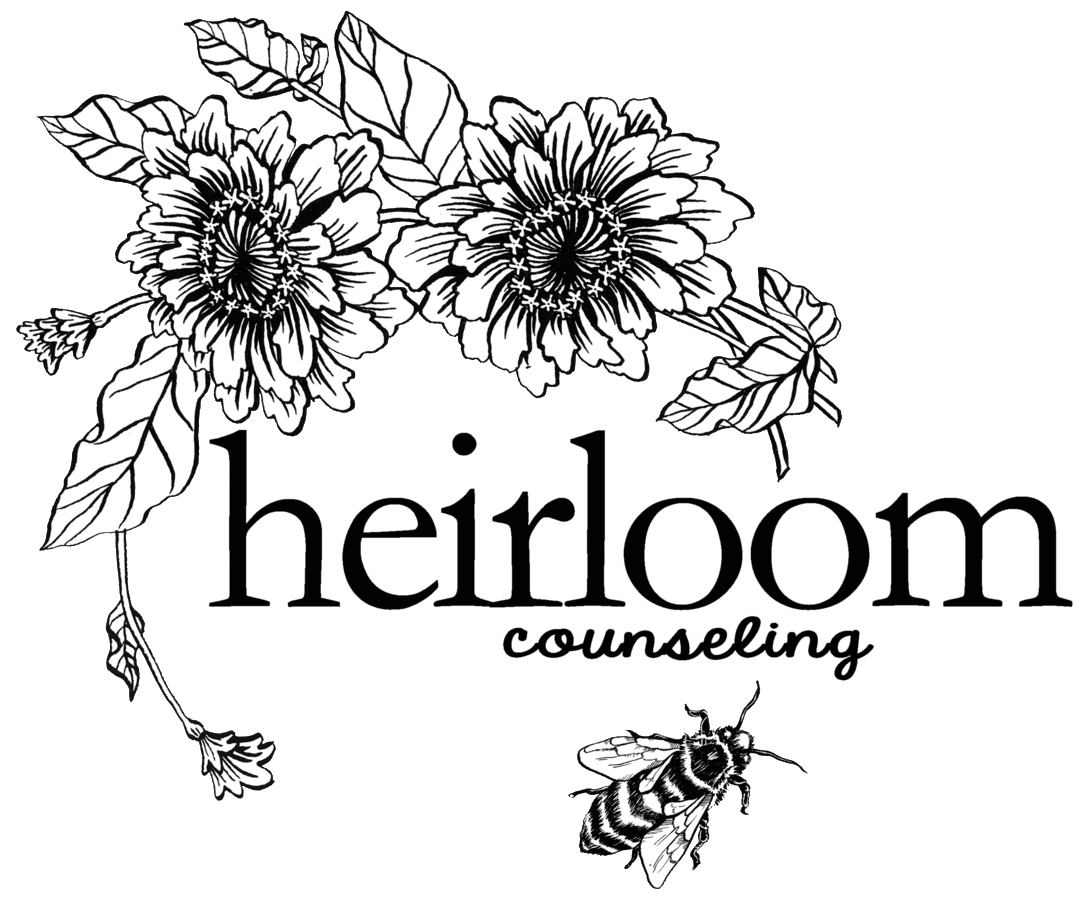I have come to love December so much. I actually enjoy the shorter days and the very good excuse to cozy up at home. Candles, fires, hot tea. I love the lights in the dark. I have come to trust that this part of the year is important and that the longer warmer days will return. We can’t be sunny and blooming all the time. This time of year can serve as a respite from the constant busy-ness of our culture and give us the opportunity to return to a place of rest and regulation if we let it.
Read MoreIt begins in small ways: making a different choice than we would otherwise because we think it will make us appear better or cooler or more interesting to someone else. Shifting how we relate to something that has been important to us because another person doesn’t see the same value in it. Minimizing our needs because they are inconvenient to someone else, and if we inconvenience that person, they might just go away.
Read MoreWhat we are doing right now matters. Who we connect with, how we show up, the values that we choose to live—it matters so very much. The space we are creating in the Relational Nourishment Project to practice with one another and to get clear about what it is that we want to be different is so special. When we have each other, its more than enough. This project is truly a culmination of all that I’ve learned in my life about relationships, taking care of each other, being responsible to ourselves and our communities, and knowing ourselves deeply.
Read MoreI’ve learned in my fifteen years as a therapist that many people did not receive adequate relational nourishment. This happens for many reasons—structural and systemic, trauma and neglect. Sometimes we don’t even know that we didn’t receive this type of nourishment because we don’t have any other perspective or experience; it’s just the reality. But what I’ve also learned is that relational nourishment can be cultivated at any point in our lives if we know what to look for and how to do it.
Read MoreIn my teary reflections this week, their transition has been making me wonder: what am I doing here? What is my legacy? How do I want to show up and how can I love my life and this world even more? What is truly meaningful to me, and am I living in alignment with those values? What distracts me from what matters? What do I want to share and how do I want to offer the kind of healing that changes lives and hearts and creates safety and connection? I believe Andrea would say (more eloquently than I can) that each of us can do this in our own unique way, and that every offering is meaningful and powerful and needed.
Read MoreFolks with insecure attachment styles have a skill in common that serves them in many capacities. It’s one that can show up in every type of relationship and tricks us into feeling like we are safe—by blending in, by being passive, by not drawing too much attention to ourselves. And it’s a behavior pattern that comes back to bite us SO HARD that once we stop doing it, life can change pretty dramatically and it can take some time to get ourselves back on track and feeling connected again.
Read MoreI’ve been anticipating a pivot in my work for (if I’m really honest) YEARS. I’ve been calling in something new and the idea dropped in a few weeks ago. I’ve been feverishly writing and brainstorming and that’s my favorite place to be—creating something new that feels hopeful, exciting, and healing from the jump.
Read MoreIn therapy and coaching sessions that are focused on healing attachment wounds, we talk a lot about past relationships and the attachment patterns that show up consistently for my clients so we can better understand their relational needs and learn how to meet them in adulthood. A pattern I see often (and have experienced myself of course) is ruminating about or idealizing exes, and/or having intense crushes while being in a monogamous relationship. I have lots of thoughts about this from years of utilizing attachment theory, so let’s dive in :)
Read More“Do you even like them?”
I wish someone would have asked me this question for at least 3 (if not more) dating relationships while I was in college. Maybe someone did and I totally ignored them or insisted “yes, of course!”
Since the start of the year, I have been really leaning into exploring the parts of my personality that I would rather not look at—the parts I’m shameful or embarrassed about, and the ones that I try to hide or keep at bay but always, always show up at some point in my relationships.
Read MoreI remember so many times in my early romantic relationships (and honestly, some adult friendships) when I truly did ignore all the warnings, some of them as blatant as “I do not want to be in a relationship right now.”
Read More











